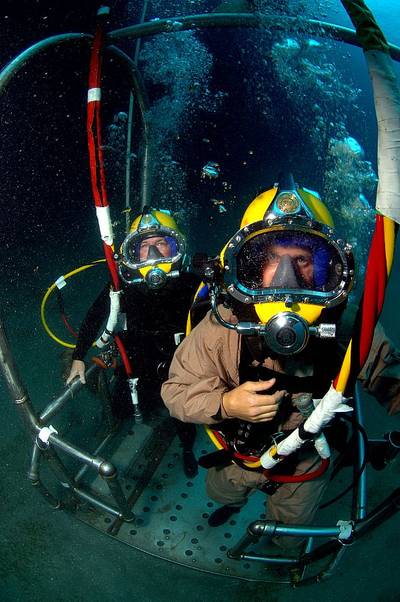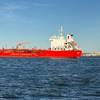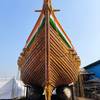Underwater Construction Team 2 Dives into the Arctic
By Mass Communication Specialist Seaman Apprentice Ernesto Hernandez Fonte, 30th Naval Construction Regiment Public Affairs
Seabee divers from Underwater Construction Team (UCT) 2 Air Detachment Alfa completed successful diving operations at Thule Air Base, , the northernmost deepwater port in the world, Aug. 27.
For 600 military and civilian residents, the work of UCT 2 in maintaining the port was essential to their survival. The port, which is open for only 30 days every year, is a critical supply route for the base and supports its space superiority missions which include ballistic missile early warning as well as space surveillance. This year, more than 14 million gallons of fuel were offloaded from two tankers as well as supplies from five cargo ships.
With a timeline of two weeks to set up, complete the mission and pack out, UCT 2 divers removed 102 pieces of debris from 's Delong pier in preparation for the second phase of the project where local contractors would dredge the port.
While above the surface the detachment faced below 30-degree Fahrenheit temperatures while adapting to 24 hours of daylight. Below the surface they faced even colder temperatures, low visibility and the removal of debris ranging from large truck tires to 5,000 and 17,000 pound boulders. To dive, warm water was pumped into each diver's suit to prevent hypothermia.
UCT 2 was picked for this mission due to their unique diving and construction skills, arctic expertise from years of exercises in those extreme parts of the world and, according to Vertin, a great reputation of getting the job done whether on land or undersea.















